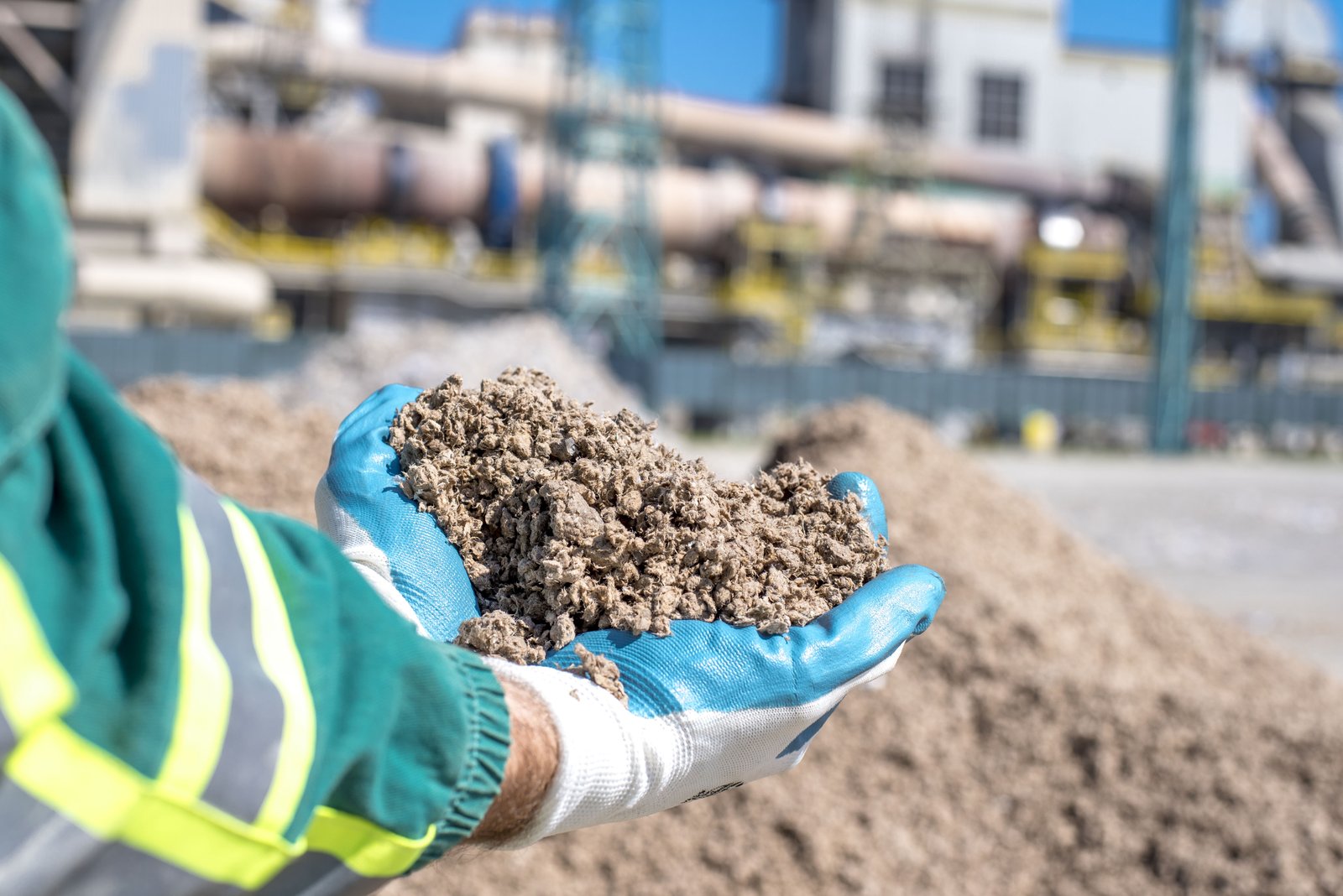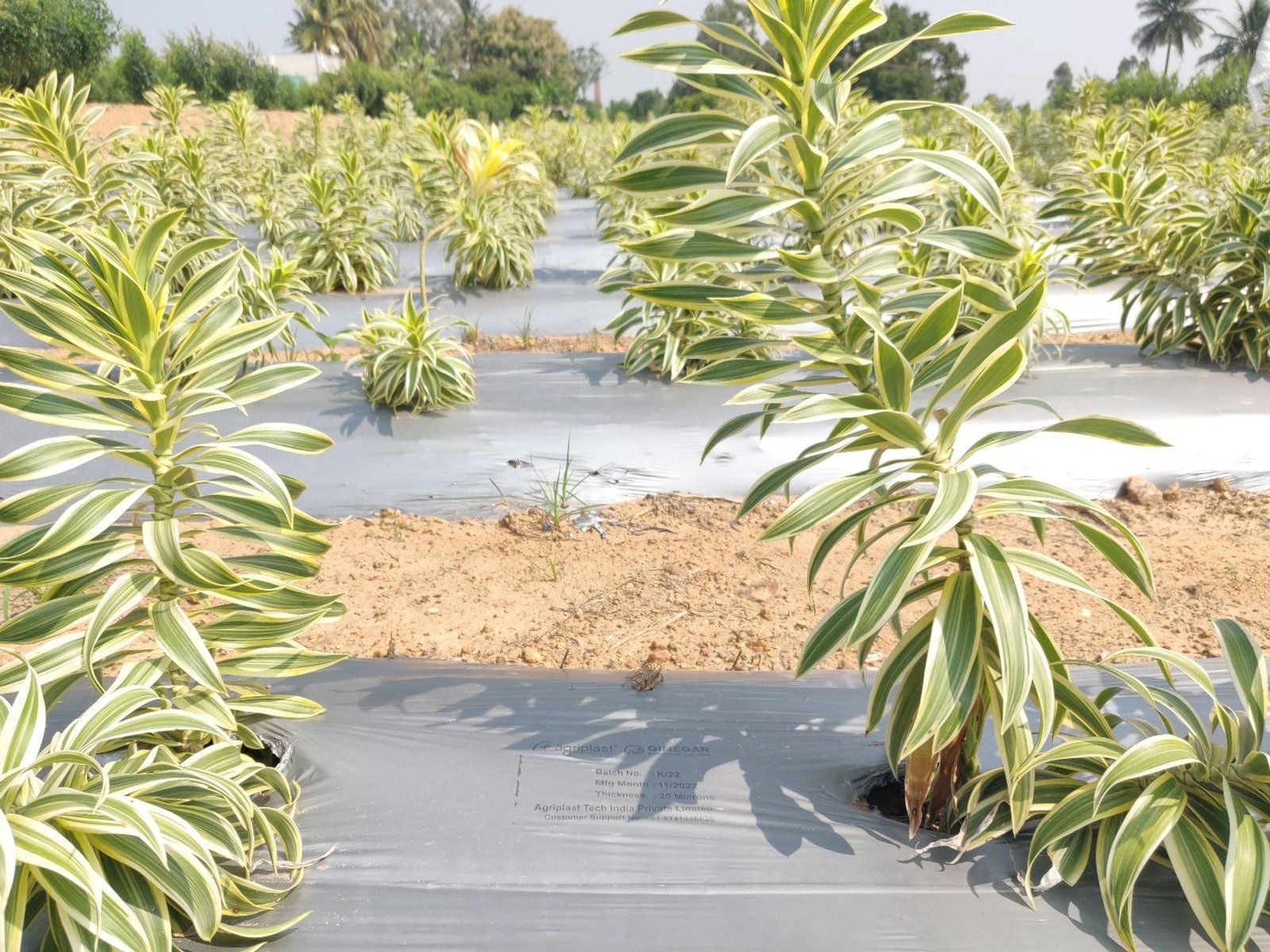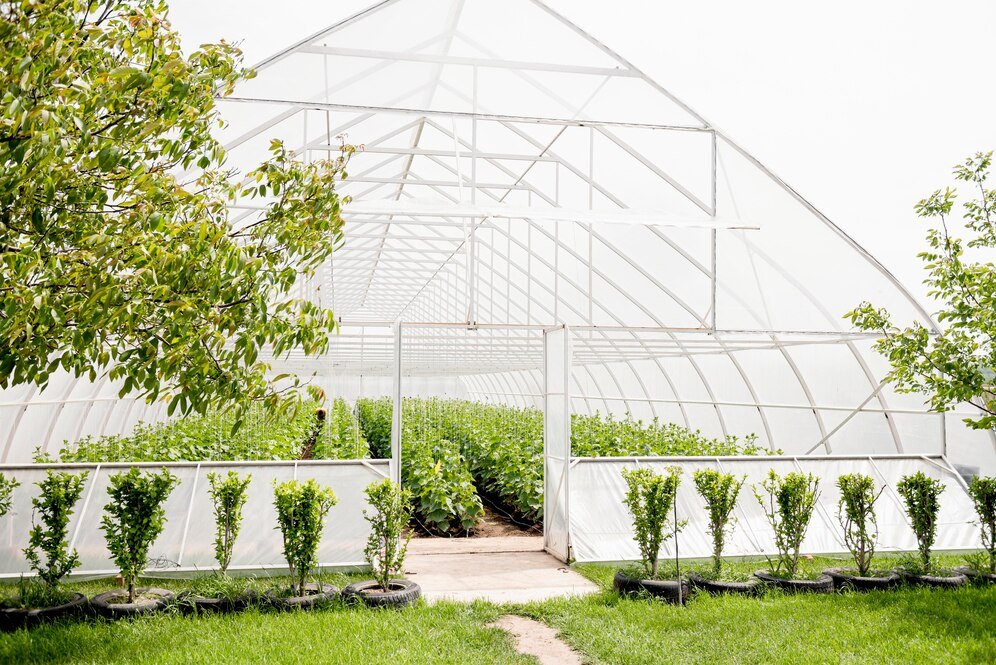
29
OctoberWhat to Do When Sun Shade Nets Become Brittle and Tear Easily
29 October 2025

22
OctoberRepairing Shield Covers Damaged by Hail and Extreme Weather
22 October 2025

13
OctoberFixing Pond Liner Wrinkles That Collect Debris
13 October 2025

6
October
29
SeptemberWhen Greenhouse Equipment Makes Strange Noises: Diagnosis Guide
29 September 2025

24
SeptemberFixing Insect Net Gaps That Allow Pest Entry
24 September 2025

22
SeptemberWhy Weed Control Mats Sometimes Fail and How to Fix Them
22 September 2025

18
SeptemberHandling Mulching Paper That's Breaking Down Too Quickly
18 September 2025

5
SeptemberDealing with Mould Growth Under Polytunnel Plastic Sheeting
5 September 2025

29
August
22
August
15
August
8
AugustSecuring Loose Agro Shade Nets After Strong Winds
8 August 2025

31
July
28
July
25
July
16
July
9
July
2
July
26
June
19
JuneTroubleshooting Malfunctioning Greenhouse Equipment
19 June 2025

11
June
4
June
27
May
21
May
14
May
8
May
25
April
16
April
11
April
8
April
31
March
21
MarchUsing Anti-Hail Nets to Protect Delicate Crops
21 March 2025

6
MarchHow Soil Solarization Film Improves Soil Quality
6 March 2025

27
FebruaryPreventing Moisture Problems Using Anti Drip Clear Film
27 February 2025

24
FebruaryChoosing the Right Agriplast Pots for Your Plants
24 February 2025

17
FebruaryExploring the Benefits of Soilless Growing Solutions
17 February 2025

10
FebruaryMust-Have Greenhouse Accessories for Better Harvests
10 February 2025

3
FebruarySafeguarding Crops with Agriplast Crop Shield Cover
3 February 2025

27
JanuarySkirting Film: Keeping Greenhouse Temperature Stable
27 January 2025

21
JanuaryShade Nets Solutions to Protect Plants from Sun Damage
21 January 2025

13
JanuaryEffective Weed Control with Weed Mats
13 January 2025

7
JanuaryMulch: Enhancing Soil Health and Water Retention
7 January 2025

27
DecemberUsing Ginegar Greenhouse Film for Year-Round Crop Protection
27 December 2024

23
DecemberMulch: The Simple Solution for Healthier Plants
23 December 2024

17
DecemberProtect Your Crops with Shade Nets Solutions
17 December 2024

4
DecemberEnhance Your Harvest with Agriplast Crop Shield Cover
4 December 2024

28
NovemberThe Role of Mulch in Boosting Garden Health
28 November 2024

21
NovemberEnhance Soil Health with Agriplast Mulch Solutions
21 November 2024

15
NovemberExploring Soilless Growing Solutions for Easy Farming
15 November 2024

4
NovemberTop Benefits of Using Mulch for Weed Control in Gardens
4 November 2024

26
OctoberUtilising Insect Nets for Pest-Free Greenhouses
26 October 2024

11
OctoberEffective Ways to Use Shade Nets Solutions for Summer Crops
11 October 2024

4
October
27
September
20
SeptemberThe Role and Benefits of Shade Nets Solutions in Protected Agriculture
20 September 2024

16
SeptemberEffective Mulching Techniques for Improved Soil Health
16 September 2024

10
SeptemberSecure Your Harvest with Agriplast Crop Shield Covers
10 September 2024
3
September
27
August
19
August
6
August
30
JulyWeed Mat Applications for Greenhouse Weed Control
30 July 2024

2
July
2
July
21
June
16
JuneGinegar Greenhouse Film: Key to Thriving Crops
16 June 2024

18
April
16
April
20
March
20
March
28
February
28
February
20
FebruaryUnlocking the Power of Innovative Design and Material Selection
20 February 2024

15
FebruaryRevolutionising Agriculture: The Rise of Greenhouse Farming in India
15 February 2024

11
FebruaryA Comprehensive Guide to Starting Your Polyhouse Farming Journey
11 February 2024

24
January
24
January
4
January
30
December
30
December
21
December
11
DecemberOptimizing Polyhouse Irrigation: A Comprehensive Guide
11 December 2023

28
November
23
NovemberAn Expert Guide on How To Choose the Right Mulch for Your Crop
23 November 2023

15
November
13
November
1
November
19
October
11
October
4
October
9
August
3
AugustHow Hi-Tech Agriculture can transform farming
3 August 2022

3
October
10
August
9
AugustYoung india can save the future of agriculture
9 August 2019

9
August



















